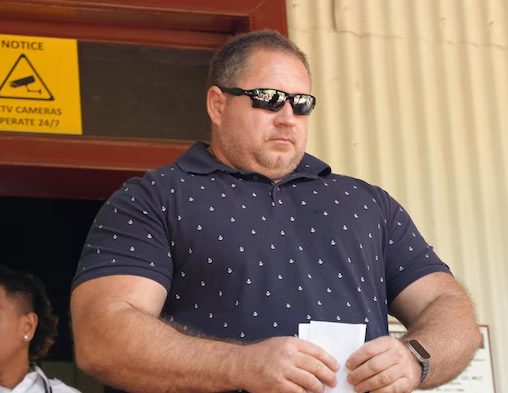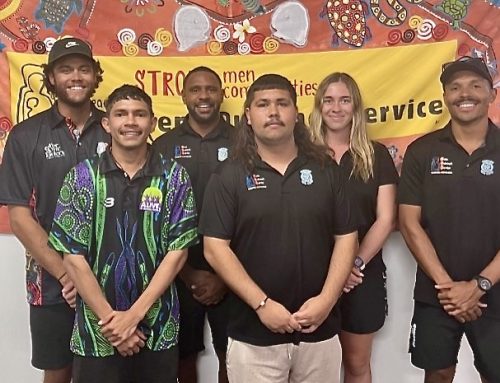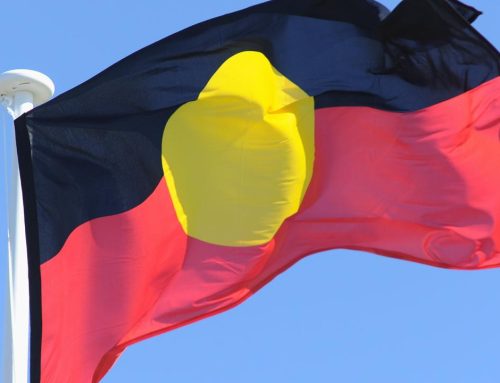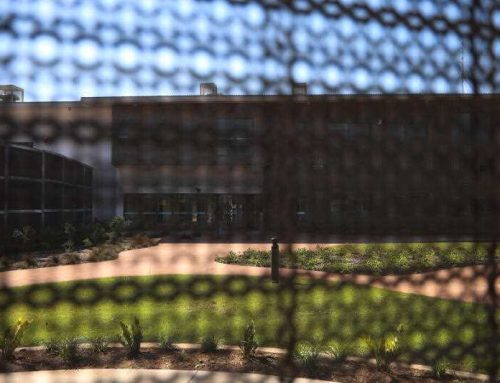By PETER ROWE – Editor
On the eve of the Garma Festival the latest Closing the Gap numbers show little, if any, progress in recent years to improving the lives of Indigenous people.
Only five out of 19 Closing the Gap targets are on track, yes, you read it right, five of 19 targets.
The Productivity Commission’s Annual Data Compilation Report released today is good news for healthy birth weights, preschool enrolments and employment, although that is debatable – and that is it.
From there it’s sadly down hill. Another five targets are heading, albeit slowly, in the right direction: life expectancy, Year 12 completion and housing are three, but nowhere near enough for targets to be met.
Life expectancy for Aboriginal and Torres Strait Islander men is 71.9 years and 75.6 years for women.
In non-Indigenous Australians it is 81.2 years for males and 85.3 years for women. Clearly not good enough.
Incarceration is another failing badly, as is out-of-home care and suicide.
In fact suicide was and is the leading cause of death for Aboriginal and Torres Strait Islander people aged 15–39.
So, let’s be blunt here: more Indigenous kids are being placed in out-of-home care, more children aren’t on track developmentally, more Indigenous adults are being locked up, and more adults are taking their own lives.
Is this 2024 or 1924?
Of concern also in the report was the statement that there was no data available on five targets. No data. Yes, it does sound like 1924.
Communities with no drinking water, no proper sewerage or even electricity. The report notes that ‘work is underway on these matters’.
Underway? Again, clearly not good enough.

The Garma Festival in Arnhem Land opens tomorrow, and there will be plenty to discuss.
One very serious omission was the lack of data on domestic violence. We understand the difficulties in gaining data on this matter, and the risk to families and children – but is it getting better or worse. We would venture the latter.
A very worrying note in the report estimates that “more than 90 per cent of violence against Aboriginal and Torres Strait Islander families goes unreported”.
Tomorrow the Garma Festival in Arnhem Land opens, and there will be plenty to discuss, of that there is no doubt.
How will the government act to improve the lives of so many Indigenous Australians?
As is typical with most government departments, they move at goanna pace – slowly.
And what we don’t need is another study or another committee to suggest new pathways.
Some pathways are working, although not many.
What is needed is self determination – giving communities control of decision making processes.
“It’s saying, share the decision-making – this is common sense, governments talking to the people about the issues that impact them, and the solutions to solve that,” Catherine Liddle, CEO of SNAICC and co-convenor of Coalition of Peaks (a representative body of more than 80 Aboriginal and Torres Strait Islander groups, said.
Hear, hear to that, but now, today – not next or another year.
INDIGENOUS BUSINESS NEWS COMMENT











